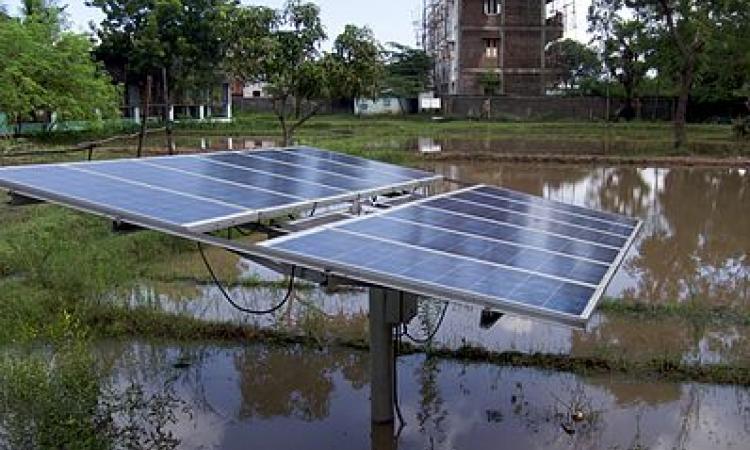
Since 1999, Bihar has borne the brunt of four droughts. Rainfall scarcity has affected farmers, depleted groundwater levels significantly, and led to an increase in the number of poor people in the state. What measures has the government taken to mitigate the impact? Are the relief programmes offered to these agrarian communities sustainable?
The paper titled ‘Droughts, Distress, and Policies for Drought Proofing Agriculture in Bihar’ published by The International Food Policy Research Institute (IFPRI), is the result of a year-long study of 160 farmers in Bihar. It explores the government’s efforts to drought-proof the state.
Monsoon, farmers and drought
Agriculture in India has always been vulnerable to the vagaries of the monsoon. As altered rainfall patterns become more frequent, the likelihood of short-run crop failures increases and long-run production declines. Smallholders and agricultural labourers are usually the most affected.
Droughts significantly reduce the agricultural output and retard the state’s growth. There have been lesser areas sown with paddy and reduced paddy yields in comparison to years of normal rainfall. Groundwater though physically abundant in Bihar, is economically scarce due to the dependence on expensive diesel to power pump-sets. So farmers cannot afford to transplant paddy using groundwater irrigation, simply because it is so costly. Also, Bihar has the highest share of people engaged in agriculture. This high level means that drought-induced recession in the agrarian economy greatly affects households’ consumption and poverty levels.
Do existing safety programmes help?
The existing Targeted Public Distribution System (TPDS) and the Mahatma Gandhi National Rural Employment Guarantee Scheme (MGNREGS) provide little relief to drought-affected families in rural Bihar. The scale of these programs is too small & their penetration too limited to make a real difference.
The three drought-proofing government schemes that seek to make groundwater irrigation more accessible and affordable for farmers are as follows:
-
- Bihar Groundwater Implementation Scheme (BIGWIS): It provides a subsidy on the purchase of diesel pump-sets and the construction of STWs (Shallow Tubewell), but is unable to lead to irrigation intensification as fuel prices continue to rise.
- State Tubewell Project: It revives old PTWs (Public Tubewells) and installs new ones funded by loans, but does not increase accessibility to irrigation as power supply in Bihar continues to remain poor.
- Cash subsidy on diesel for irrigation of paddy and other crops in drought-affected blocks of the state is fraught with problems. There is limited awareness of the scheme, high transaction costs, delays, and uncertainties in subsidy payments. Also, smallholders and farmers who do not own diesel pumps do not benefit from this scheme.
Can Bihar's agriculture be climate smart?
To drought proof agriculture in Bihar, it is essential that irrigation is made cheaper. Improving power supply to rural areas is one way to make irrigation more affordable. In the absence of grid power for rural areas, solar photovoltaic water pumping for irrigation is a suitable option. Solar pumps have a unique cost structure with very high capital investment and near-zero marginal cost of pumping. Thus the government should aggressively promote solar irrigation pumps in the state, using smart subsidy & innovative financing to achieve this goal. For this, the proposal is that the government should offer a flat subsidy on solar pumps to all farmers in the state who own a tubewell without any restrictions on the total number of pumps that will be subsidized. Also, the state government should set aside a large fund, say, Rs 25 billion, over a five-year period to offer a flat subsidy of Rs 50,000 per kW of solar capacity.
Solar pumps to the rescue
Analysis shows that droughts have a big negative impact on yield and production of monsoon crops, especially paddy. Reduced agricultural output pushes millions of people into transitory poverty and negates the positive effects of the overall economic growth and development in the state. Major drought-proofing schemes have also not been very effective in making agriculture resilient to the vagaries of monsoon. Making irrigation cheaper could be the most effective strategy to make Bihar’s agriculture climate-smart. The rapidly falling price of solar panels offers an opportunity to provide widespread access to affordable irrigation in Bihar. However, the state government needs to allocate more resources to promote solar pumps and improve the subsidy design to realise the potential of this new technology.